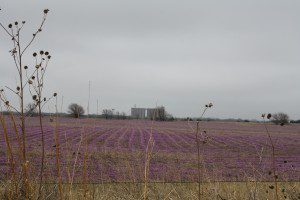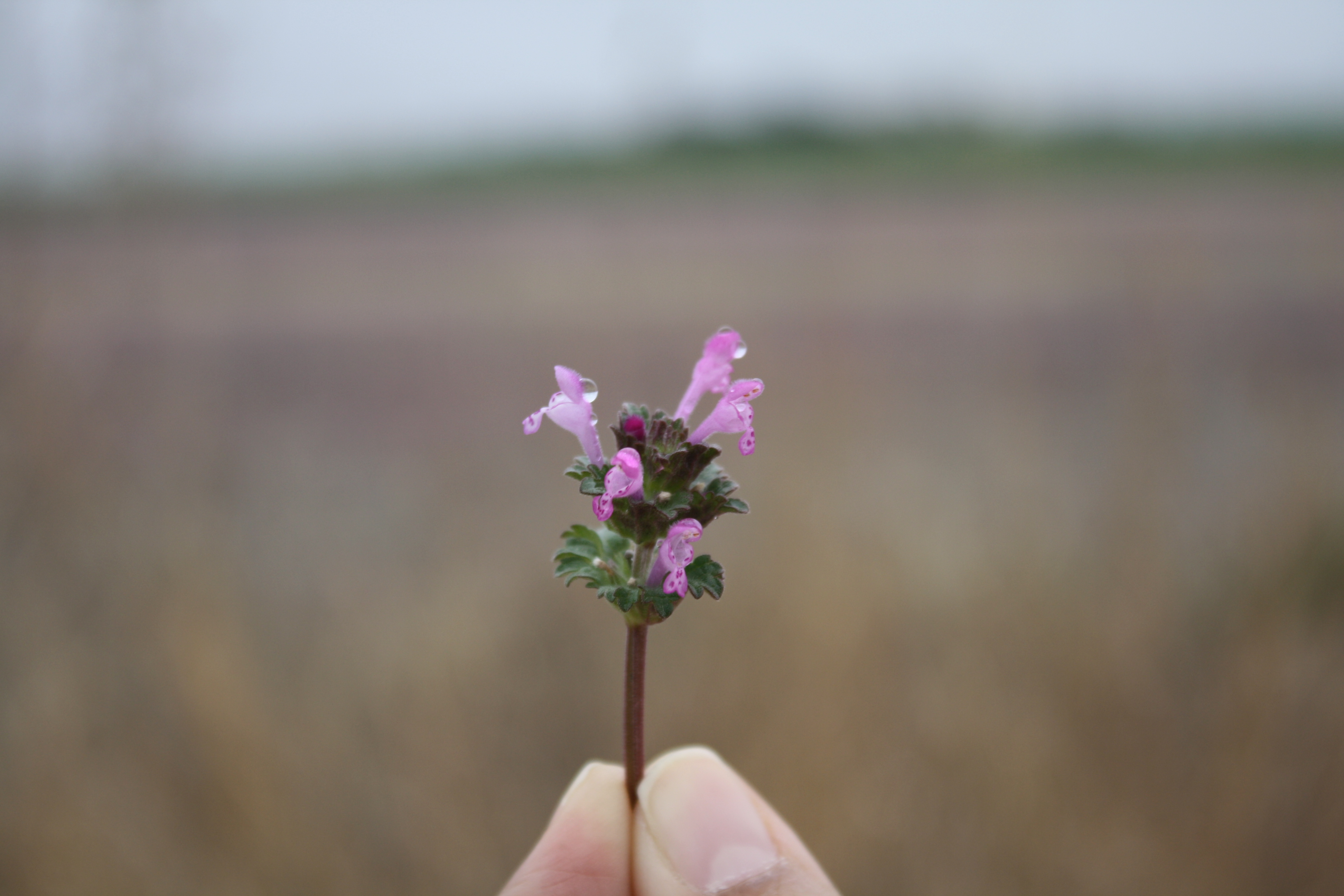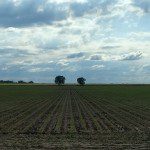
The flowers appear on the earth; the time of singing has come, and the voice of the turtledove is heard in our land. (Song of Solomon 2:12)
Natural beauty features centrally in rural life and spirituality. The great cities have a beauty of their own, but it’s the beauty of culture and movement. It’s a beauty of steel and glass and wheels. It’s people beauty. The beauty of the countryside is different. It’s a slow beauty that invites love and longing.
This is especially true in spring. Buds pop. Bees emerge. A rain douses everything with life. You can almost feel the oxygen rising from the vegetation, the whole earth respiring praise.
I’m always surprised by it. Spring sneaks up on me. I forget that the world can be so green. I forget the joy of sun, the deliciousness of shade.
Noticing this beauty will sometimes requires a shift in our perspective.
Take the common henbit (lamium amplexicaule). It’s actually a weed, though children like it (they can slurp a little nectar from the flower), and so do hens, so it can’t be all bad in my book. Some people sprinkle it on salads.
Henbit germinates in the fall and lies dormant all winter. In spring, it surges ahead of the farmer’s planting schedule to blanket the fields in purple.

King Solomon’s song reminds us that the beauty of nature can be a window on the beauty of God. Yet we must not forget that the Song of Solomon is a love poem. It awakens our sense of eros, that desire for life and something more that lies deep within us–a desire which is always and ultimately a desire for God.
Spring, with all its dripping, fecund beauty–its asparagus and pollen clouds and henbit embracing the earth–invites us to love and long for God.












